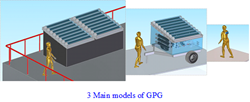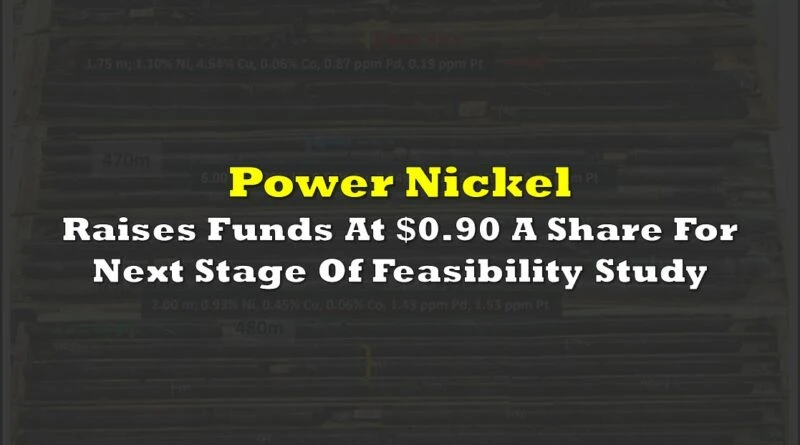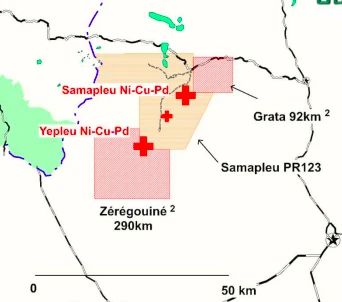Coal as Renewable Clean Energy. ‘By turning coal to graphite, which can collect and store heat from the sun, one can produce electricity.’ M – Power Corp.
Coal as Renewable Clean Energy. ‘By turning coal to graphite, which can collect and store heat from the sun, one can produce electricity.’ M – Power Corp.
3 Main models of Graphite Power Generators (GPG)
CVMR® has been able to convert natural coal to graphite flakes, powders and graphite blocks at much lower cost than the current methods in use. They have simultaneously managed to produce graphene from methane gas.
Toronto, Ontario (PRWEB) July 23, 2016
Coal As Renewable Clean Energy!
‘Don’t burn your coal and pollute the environment, let us turn your coal to graphite which can collect and store energy from the sun and give you as much power as you need,’ says Kamran M. Khozan Chairman and CEO of CVMR® Corporation (CVMR®) and M-Power Corporation (MPower). ‘Coal, like petroleum, has many other uses besides being simply burnt to generate energy. Unfortunately, coal has become synonymous with the grubby stuff that we burn and pollute the air, creating serious environmental problems. As a result, this valuable commodity is wasted and is being sold too cheaply. But it could be treated as a precious commodity with many industrial uses, with more being discovered daily.’ Khozan hastens to add.
CVMR® has recently developed a relatively inexpensive method of turning coal (anthracite) to higher grades of coal such as graphite, graphite flakes and graphite powder. CVMR®’s sister company, MPower, takes the graphite and manufactures a series of panels that can absorb and store heat from the sun and turn it into electricity. Not all coal is suitable for this purpose, but lower grades can be used for other industrial uses that are being ignored today.
Khozan says that, ‘The Graphite Power Generators, or GPGs, that are being developed at MPower can be as small as two mobile phones put together. They could, for example, be placed on top of a soldier’s knapsack allowing him or her to have all the electricity he or she needs in the field, day and night. They can be built into much bigger panels on top of a house, hospital, an apartment or office building, generating auxiliary electricity during power shortages and emergencies, without noise or pollution. A smaller unit can be put behind a window in an apartment building to generate electricity off the grid whenever you want; or a mobile unit used for camp sites, buildings or mine sites in remote areas.’
Khozan believes that generating power at one or two large generating stations and connecting those centres to various consumers by wires is archaic and inefficient, given the existing technologies that can generate electricity off the grid as the consumers require.
MPower is in the throws of developing a series of prototypes of various sizes and shapes of these power-generating units for various uses to demonstrate their efficiency to the public.
MPower intends to ‘imitate Open Source Coding such as Android. That has encouraged a large community of developers to use the open-source code as a foundation for community-driven projects, which constantly add new features to the original system. ‘As such, I am hoping that GPG would unleash countless new designs and applications as yet unrealized and to generate capabilities that have the potential of transforming our inefficient ways of generating electricity.’ says Khozan.
Miro Milinkovic, P.Eng., President of Proteus Systems, an engineering design company and an affiliate of MPower, compares the Photovoltaic power generating or (PV) systems with MPower’s Graphite Power Generating (GPG) systems by explaining that ‘PV systems compared to GPG systems, have lower power conversion efficiency. They require conventional batteries for storage and, within hours of installation, dust will reduce their efficiency even further. Whereas GPG systems can be covered by a blanket and still collect heat from the ambient air. They do not require direct sunlight, or external storage batteries, as graphite can store heat in itself. It is durable, tough and impervious to many outside harmful elements.’ Milinkovic who designed the first generation of GPGs presents the following comparative analysis:
Comparison of Graphite Power Generators system (GPG) and Photovoltaic Power Generators System (PV)
Photovoltaic Power Generator (PV) system
Low power conversion efficiency.
Power storage can only be accomplished with conventional batteries.
In order for the system to run continuously extra solar panels would be required, affecting the capital cost per kilowatt-hour of electricity produced.
Because conventional batteries are used, the batteries have to be changed approximately every 2 years.
System’s maintenance cost is comparatively higher.
Graphite Power Generator (GPG) system
Uses direct or indirect solar radiation to heat graphite blocks.
Graphite blocks serve as thermal storage because of their impressive thermal property; there is no need for conventional batteries. Graphite acts as a solar heat collector and thermal storage in one.
Heat transfer fluid circulates through porous graphite and transfers heat to a thermally expanding fluid.
The volumetric expansion of the process fluid (oscillatory process) converts the fluid motion into electrical power.
The system operates at very high temperatures (approximately 1000°F or 600°C or even higher, limited only by the heat transfer mediums used). Therefore, the overall solar energy collection efficiency is much higher than that of a PV system.
The entire power generation system is very robust, requiring negligible maintenance costs.
Other than the electrical power output (a typical module generates 5 – 10 kwh continuously 24/7) the system also offers heat that could be used for cooking, heating, or used in a processing facility, etc.
The entire GPG power system requires significantly less space than a PV system. It is easily transportable by automobile, truck or by air. Personal mobile units are not much bigger than a couple of cell phones.
Graphite is produced naturally and can be mined. But lower grade coal and even petroleum can be converted to graphite through a process known as graphitization. This requires elevated temperatures and special equipment, which are expensive and not widely available. CVMR®’s method of graphitization requires much lower capital and much less heat. We are all waiting for the first models of GPG systems to be exhibited by MPower by mid-2017 in the various defense and industrial trade shows.
Michael (Mick) O’Meara
Marketing Director
CVMR® Corporation
Canada
Read more from original source: http://www.prweb.com/releases/2016/07

Read also





